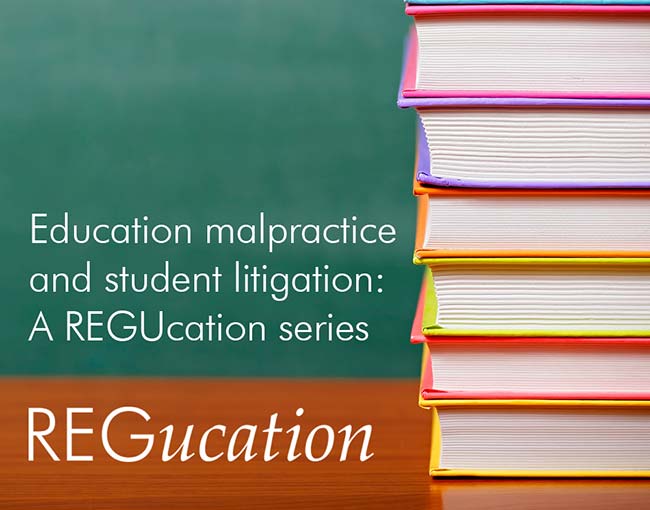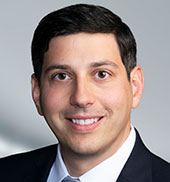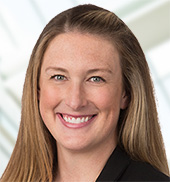As those in higher education are keenly aware, postsecondary institutions must regularly (and increasingly) contend with civil suits filed by current and former students. Since the 2007 economic downturn, one type of suit appearing more frequently involves allegations by graduates that they are unable to obtain employment because their education was deficient. Historically, such allegations have been characterized as claims of “education malpractice.” And for decades, postsecondary institutions could rely on the firm standing of the education malpractice doctrine, which generally dictates that claims based on alleged poor quality of education are not actionable as a matter of law.
But in recent years, these lawsuits have evolved, with complaints increasingly focused on an institution’s representations regarding courses, degrees, job placement, or certification. Claims that once would have been recognized immediately as general complaints about quality of education are now disguised under various legal theories in an effort to avoid invoking the educational malpractice doctrine. For institutions of higher education, this is a point of concern, to say the least.
With these developments in mind, we begin today a three-part series exploring recent cases that have attempted to repackage education malpractice claims into various types of breach of contract or negligence actions. We examine these cases through the lens of “lessons learned,” and discuss methods for effectively using the education malpractice doctrine to defend against such claims.
Lesson 1: Identify and expose educational malpractice claims masquerading as negligence, breach of contract, or other legal theories.
The educational malpractice doctrine is recognized in many states as a complete bar to claims based on quality of education services. But such claims are not always obvious because they may not be pled under the legal theory of malpractice. Instead, they often are pled as garden variety negligence, or as breach of contract, constitutional violations, negligent hiring, negligent retention, fraud, or fraudulent concealment, among other legal theories. Courts are clear, however, that a student’s claim “cannot be couched as fraud” or any other legal theory “merely to avoid the doctrine that precludes an educational-malpractice claim.” Anderson v. High-Tech Institute, No. 11-0506-CV-W-SOW, 2014 WL 3709796, at *3 (W.D. Mo. Feb. 28, 2014) (quoting Blake v. Career Educ. Corp., No. 4:08-CV-00821-ERW, 2009 WL 2567011 (E.D. Mo. Aug. 17, 2009)).
Accordingly, institutions should identify and expose these “imposter” claims for what they really are — improper malpractice claims. Indeed, before hitting the panic button when a new complaint alleging wide-ranging legal theories and potential punitive damages arrives, institutions should look closely at the nature of the claims to see if they really sound in malpractice and thus are barred by educational malpractice doctrine.
Consider Rockwood v. Shoen, --- F.Supp.2d ---, 2015 WL 6774314 (S.D. Ohio Nov. 6, 2015), as an example. In that case, the federal court flatly rejected a sonography student’s malpractice claim masquerading as negligence. The student claimed that the school was negligent in “failing to properly formulate” a special program for her and in “failing to communicate” her specialized program to the hospital at which she had a clinical rotation. These claims were readily rejected by the court. Ohio law, like the law of other states, does not recognize a claim for inadequate educational services “regardless of the label a plaintiff places on such a claim.” The plaintiff’s claim, “which targets allegedly substandard educational services” was, “in actuality an impermissible claim for educational malpractice” that the court refused to entertain. Thus, the plaintiff’s claims did not survive the pleading stage.
Even where plaintiffs do not expressly assert a malpractice claim, and instead assert breach of contract, negligence, or even possibly a constitutional claim, schools should review the underlying allegations to determine if they are really asserting a claim for inadequate educational services. If so, those claims are likely barred because, as one court put it, schools “must be allowed the flexibility to manage themselves and correct their own mistakes.” Lucero v. Curators of Univ. of Missouri, 400 S.W.3d 1, 8 (Mo. Ct. App. 2013).
Note that, in at least one jurisdiction (New York) there is a hard and fast rule that a negligence claim cannot be maintained against schools and school officials, even if the claim does not implicate the educational malpractice doctrine. See, e.g., Harris v. Dutchess County Bd. Of Co-Op Educ. Services, 2015 WL 6835461 (N.Y. Sup. Ct., Nov. 4, 2015) (New York courts are “loathe to allow any claim that is based on negligent acts by school officials and educators, whether or not the allegations invoke the State’s public policy by calling for evaluation of educational policy or judgment.”).
Stay tuned for next week’s post, when we will explore the wide reach of the doctrine and the various claims it possibly could defeat.


















